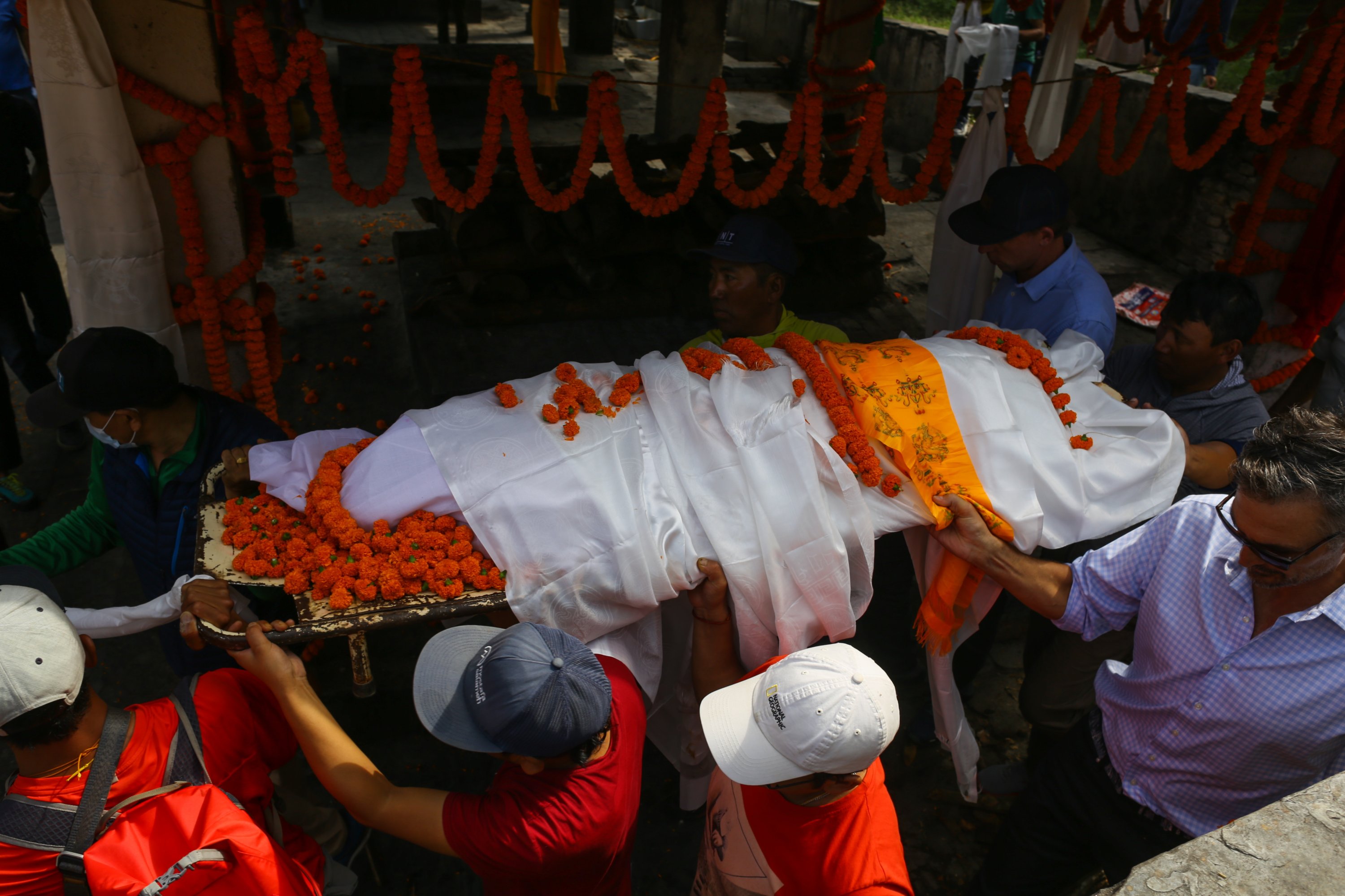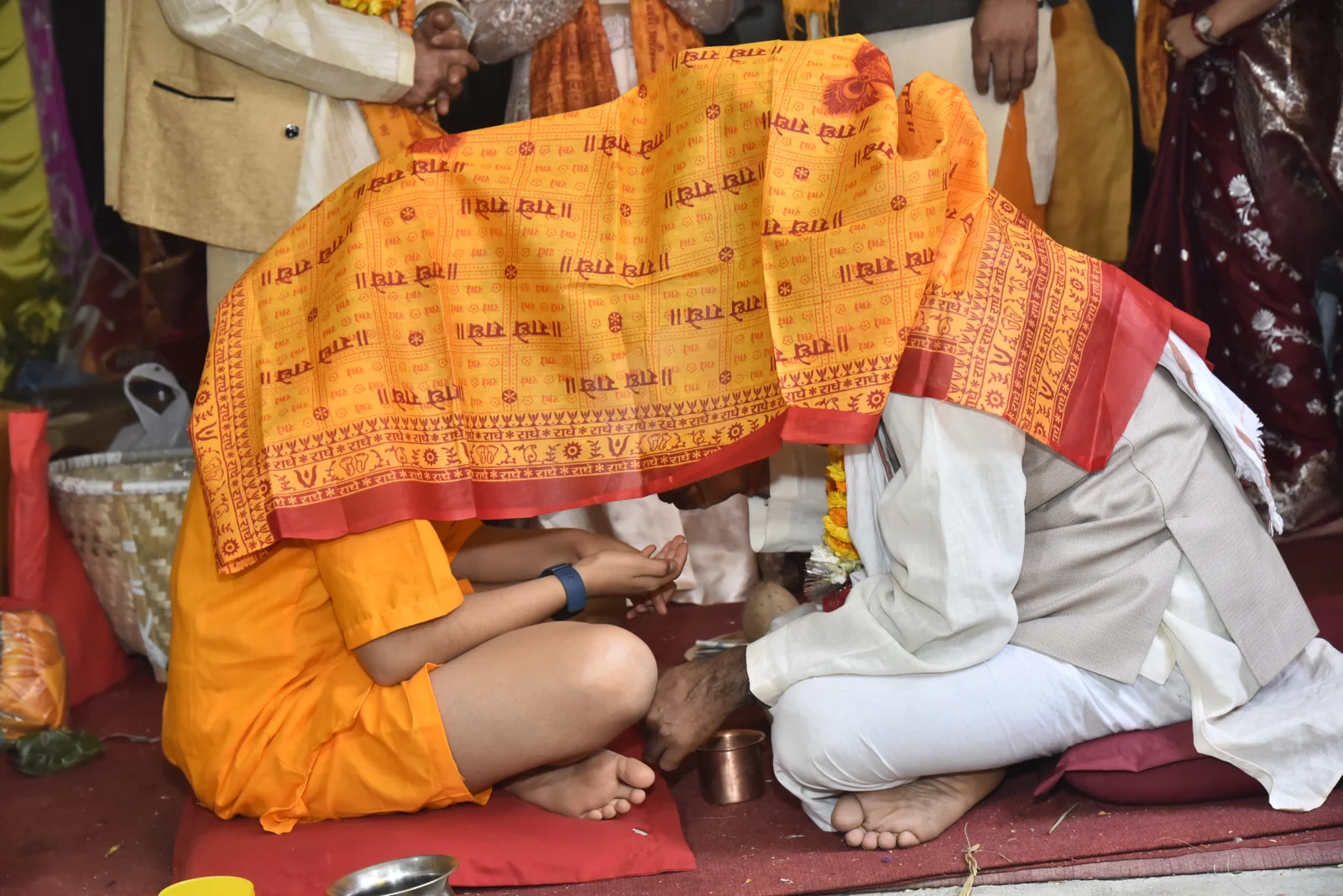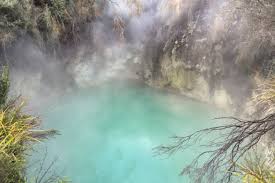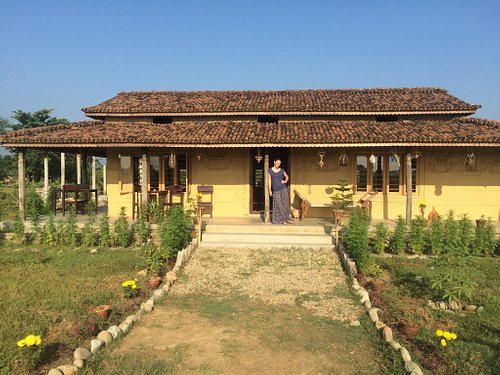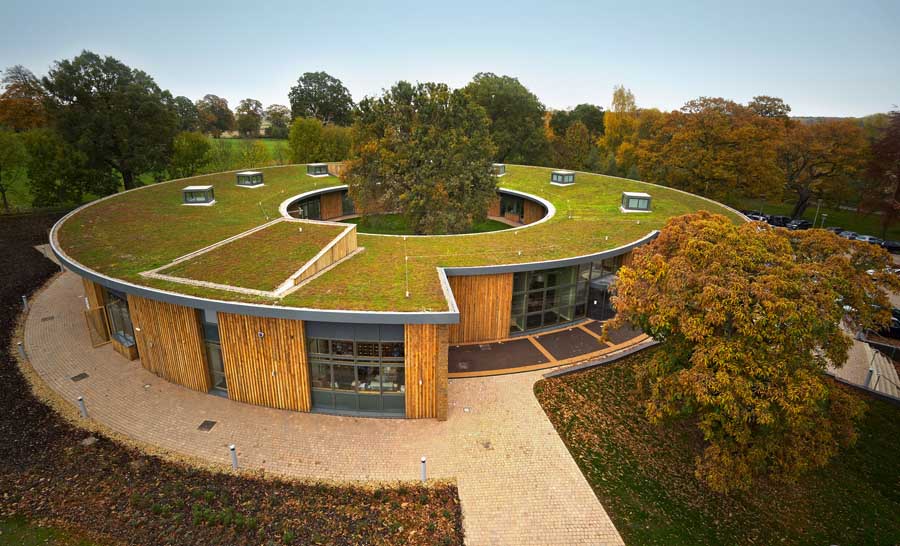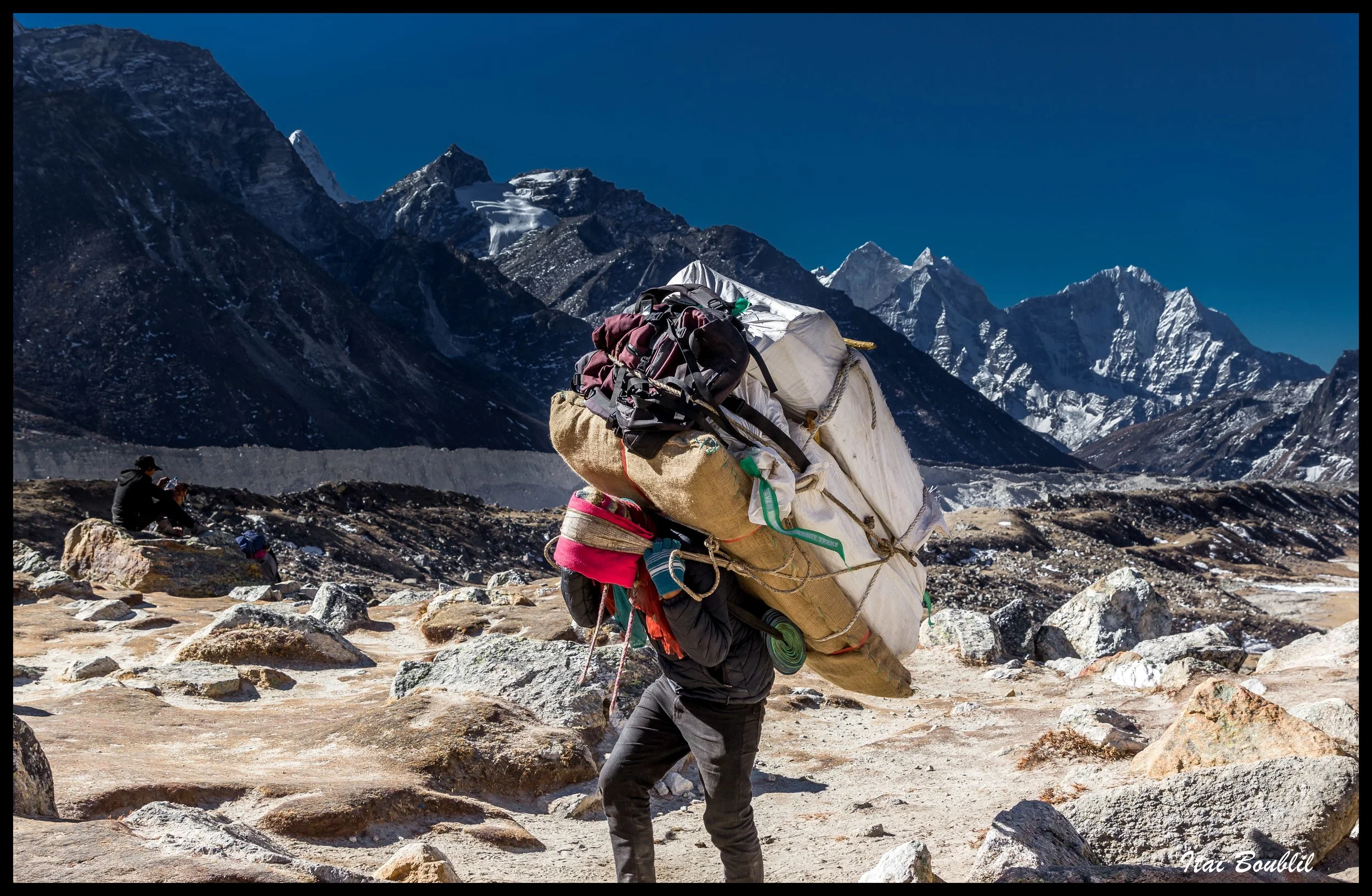Share this Article
Introduction
In the misty highlands of central Nepal, where terraces of millet and maize step their way up the hillsides, the nights were once filled with the hypnotic beat of the madal and the echo of ancient songs. These were not mere performances, but sacred enactments—Ghaatu and Sorathi, oral musical epics performed by the Gurung people, steeped in mythology, rhythm, and ritual. These musical traditions, born from communal memory and spiritual practice, once shaped identity, told stories of divine lovers, and guided the moral fabric of generations.
But now, these ancestral songs grow fainter. As young people migrate to cities and foreign lands, the traditional storytellers—the bards, dancers, and rhythm keepers—are disappearing. The instruments lie silent in many villages, the lyrics forgotten by those who once moved in rhythm with their ancestors.
This article takes a deep look into the ritual function, narrative power, and sociocultural role of Ghaatu and Sorathi in the Gurung communities of Nepal—and examines the reasons for their slow disappearance.
Ghaatu and Sorathi: Songs as Sacred Performance
Ghaatu and Sorathi are oral song-dance traditions of the Gurung community that combine singing, dancing, storytelling, and trance. They are most commonly performed during the seasonal festivals of Maghe Sankranti, Baisakh Purnima, and after the harvest. What sets them apart from other musical forms in Nepal is not just their aesthetic appeal, but their spiritual depth.
Ghaatu is often described as a form of ritualistic trance dance, in which young girls known as Ghaatine become vessels through which ancestral spirits tell the stories of long-lost lovers, kings, and divine beings. Sorathi is a narrative song-dance that blends courtly love stories with community-based theatrical performance.
Both forms are performed collectively—the music, dance, and lyrics all drawing from shared memory, shared suffering, and shared joy. And most importantly, they are transmitted orally, without written scripts or musical notation.
The Story Behind the Songs
The Ghaatu and Sorathi dances are built on mythological tales, passed down through generations. One of the most widely performed versions of the Ghaatu song tells the story of King Pashuram and Queen Yambawati—a narrative marked by longing, loyalty, and tragic death. The queen, upon the death of her husband, commits sati—self-immolation—and the tale becomes one of transcendence and spiritual unity.
In Sorathi, the stories are more romantic and courtly. The central character is often Princess Sorathi, whose forbidden love and tragic fate serve as moral parables. These performances also mock kings and elites, expressing resistance and satire in subtle forms.
Both traditions use symbolic movements and repetitive chanting to induce a trance-like state. The dancers—especially in Ghaatu—move slowly in a circular formation, sometimes entering altered states of consciousness believed to connect them with the ancestors.
The Role of Women
One of the most unique aspects of Ghaatu and Sorathi is the central role of women and girls. The performers, called Ghaatine, are young, usually between the ages of 12 and 18. Traditionally, they are chosen through divination, and must undergo ritual purification before they can perform. During the performance, they wear traditional Gurung attire, adorned with jewelry and symbolic items like flowers and red cloth.
The girls are trained by elder women singers, known as Lama or Ghaatu Maiju, who pass down the songs line by line. The communal nature of this training reinforces female agency, spiritual leadership, and intergenerational solidarity.
However, in recent decades, the role of women in Ghaatu and Sorathi has been diminished due to changing gender norms, the decline in ritual practice, and migration. With fewer elder women left who remember the songs, the tradition risks vanishing entirely.
Transmission Through Oral Tradition
The Ghaatu and Sorathi traditions are passed down without written records. Everything is preserved in memory, repetition, and experience. The songs are typically long—some lasting several hours—and include archaic Gurung words that are no longer used in daily speech. This linguistic uniqueness adds another layer of cultural value, as they preserve forms of language that might otherwise be lost.
In the past, children learned the lyrics by listening to the elders during festivals, feasts, or winter nights by the fire. Today, with children exposed more to smartphones than sitars, the oral chain is breaking. Without recordings, scripts, or digital archives, the loss of one elder can mean the loss of an entire version of the song.
Sacred Time and Space: The Ritual Calendar
Ghaatu and Sorathi are not performed randomly—they are deeply tied to seasonal rituals and the agricultural calendar. They are typically performed during:
- Maghe Sankranti (mid-January): Symbolizing the end of the cold season and beginning of harvest planning.
- Baisakh Purnima (full moon in April–May): A time of fertility, new beginnings, and spiritual cleansing.
- Post-harvest period (October–November): Celebrating the community’s prosperity and honoring ancestors.
These performances are community events, taking place in village courtyards or temple grounds, often following a communal feast or offering to deities. The dances are sometimes preceded by animal sacrifices or spiritual consultations with the Lama or Paju (shaman). The space becomes sacred, transformed into a portal where time, memory, and spirit converge.
Social and Communal Value
Beyond their spiritual role, Ghaatu and Sorathi once served as powerful tools of social cohesion. They were central to:
- Courtship and Marriage Rituals: Couples would meet and fall in love during the performances.
- Intergenerational Learning: Elders passed on not only the songs, but also values, ethics, and history.
- Cultural Resistance: Under past regimes, these performances subtly critiqued social inequality and foreign rule.
They also served as oral history—a way to remember genealogies, heroic deeds, clan migrations, and moral lessons. In an age where digital media fragments community, Ghaatu and Sorathi represented unifying forces, binding people across generations and geography.
Factors Behind the Decline
Today, the voices that once filled the fields are growing silent. Several factors contribute to the decline of Ghaatu and Sorathi traditions:
- Urban Migration: Young people move to cities for work or education and rarely return for seasonal festivals. Those who stay often prefer modern forms of entertainment.
- Cultural Stigma: Some associate these performances with “backwardness” or superstition. Even within Gurung communities, a preference for modern weddings and celebrations is replacing traditional rituals.
- Language Loss: As the Gurung language fades among the youth, the meaning and emotional power of the songs are lost.
- Economic Pressures: Weaving costumes, organizing events, and training performers requires time and money—resources many communities no longer have.
- Digital Distractions: Smartphones, internet, and television have changed attention spans. The immersive, hours-long nature of Ghaatu performances competes with the rapid consumption of TikTok and YouTube.
- Religious Conversion: The rise of Christianity and other non-indigenous religions in Gurung areas has led to the abandonment of “pagan” or animist rituals, including traditional dances.
Revival and Documentation Efforts
All is not lost. Across Nepal and the diaspora, cultural activists, scholars, and community leaders are working to preserve Ghaatu and Sorathi. Some of the promising efforts include:
- Recording and Archiving: Local FM radios and ethnographic researchers have begun to record rare performances for preservation.
- Community Workshops: Youth training programs are being organized in villages like Sikles, Ghalegaun, and Bhujung.
- Cultural Festivals: Events like the Ghaatu Mahotsav and Sorathi Cultural Day are raising awareness among younger generations.
- Inclusion in School Curriculum: In some rural areas, songs and stories are being introduced in local language classes.
- Digital Revivals: YouTube channels, podcasts, and online campaigns are sharing traditional songs with a global audience.
These efforts are not just about saving a performance—they are about reclaiming a cultural soul.
The Voices That Still Sing
Despite the decline, there are elders who still remember. Their stories offer wisdom and urgency.
- Aama Shanta Gurung, 78, Kaski: “When I sing Ghaatu, I feel my mother’s hand on my shoulder. She taught me every line by moonlight. Now, I wait for someone to ask me to sing again.”
- Ganga Prasad Gurung, 61, Lamjung: “I was once a madal player for Sorathi. We danced for hours without food. It was more than dance—it was prayer.”
These voices remind us that the tradition is not yet extinct. It is dormant, waiting to be heard again.
Why It Matters
The loss of Ghaatu and Sorathi is not merely a loss for the Gurung people—it is a loss for all humanity. These traditions are part of a global mosaic of intangible heritage that connects communities to their land, their ancestors, and each other. In a time of increasing disconnection, these song-dances remind us of:
- The power of collective memory
- The value of slow, communal time
- The importance of intergenerational ties
- The beauty of cultural diversity
Reviving Ghaatu and Sorathi is an act of healing and resistance, a refusal to let centuries of wisdom vanish in silence.
Conclusion
The terraced hills of central Nepal still hold the echoes of ancient songs—songs that once rose with the mist and settled into the earth like blessings. Ghaatu and Sorathi are not just dances or melodies; they are sacred narratives, living archives, and the spiritual backbone of a people.
To let them fade would be to lose a vital part of Nepal’s soul. But to sing them again—to teach, perform, and honor them—is to bring the ancestors back to life.
The fields are waiting. The stories are waiting. Will we listen?
Categories:
Travel & Tourism
,
Culture & Traditions
,
Adventure Activities
,
Nature & Wildlife
,
History & Heritage
,
Lifestyle & Local Life
,
Health & Wellness
,
Education
,
Spirituality & Religion
,
Food & Drink
,
Festivals & Events
Tags:
asdasd
,
Thamel
,
nagi gumba
,
sundarijal
,
dashain
,
festival of nepal
,
bada dashain
,
traditional food
,
traditional-drink
,
murchunga
,
nepalese music
,
traditional instruments
,
tradition
,
architecture
,
holi
,
national park
,
chitwan national park
,
unesco heritage sites
,
nepal wildlife


